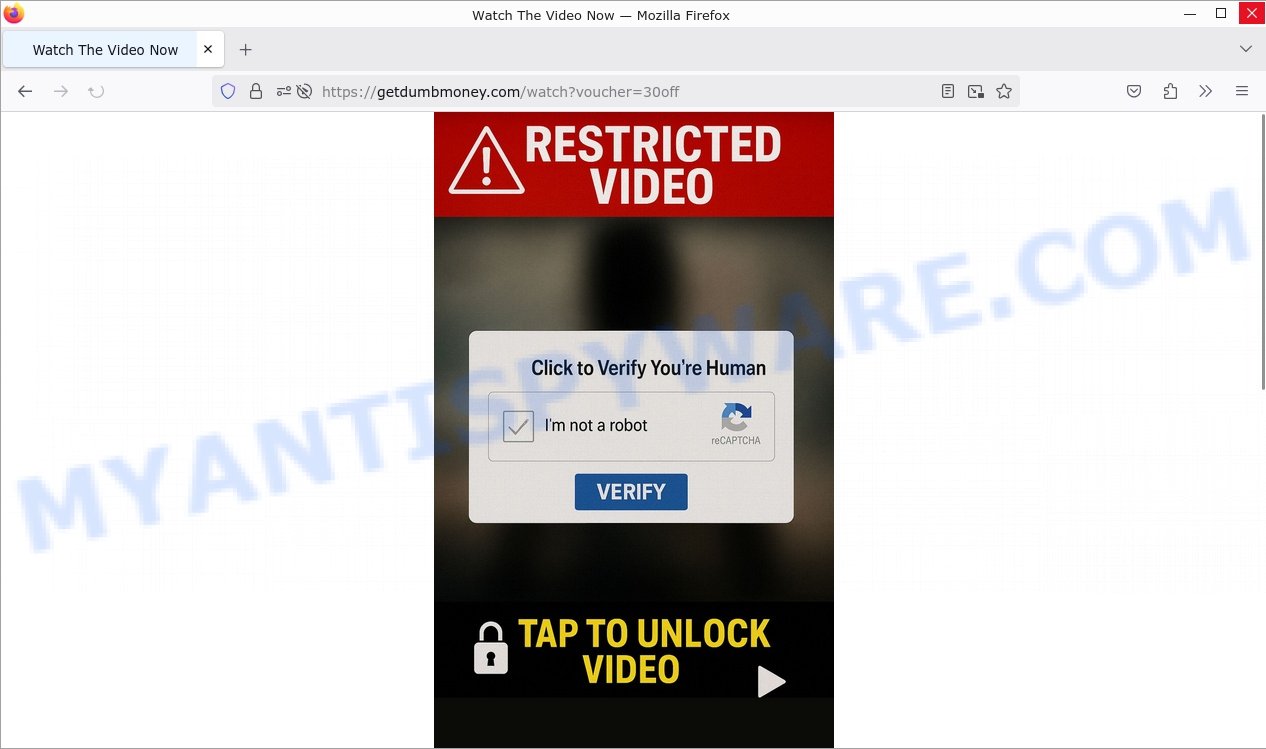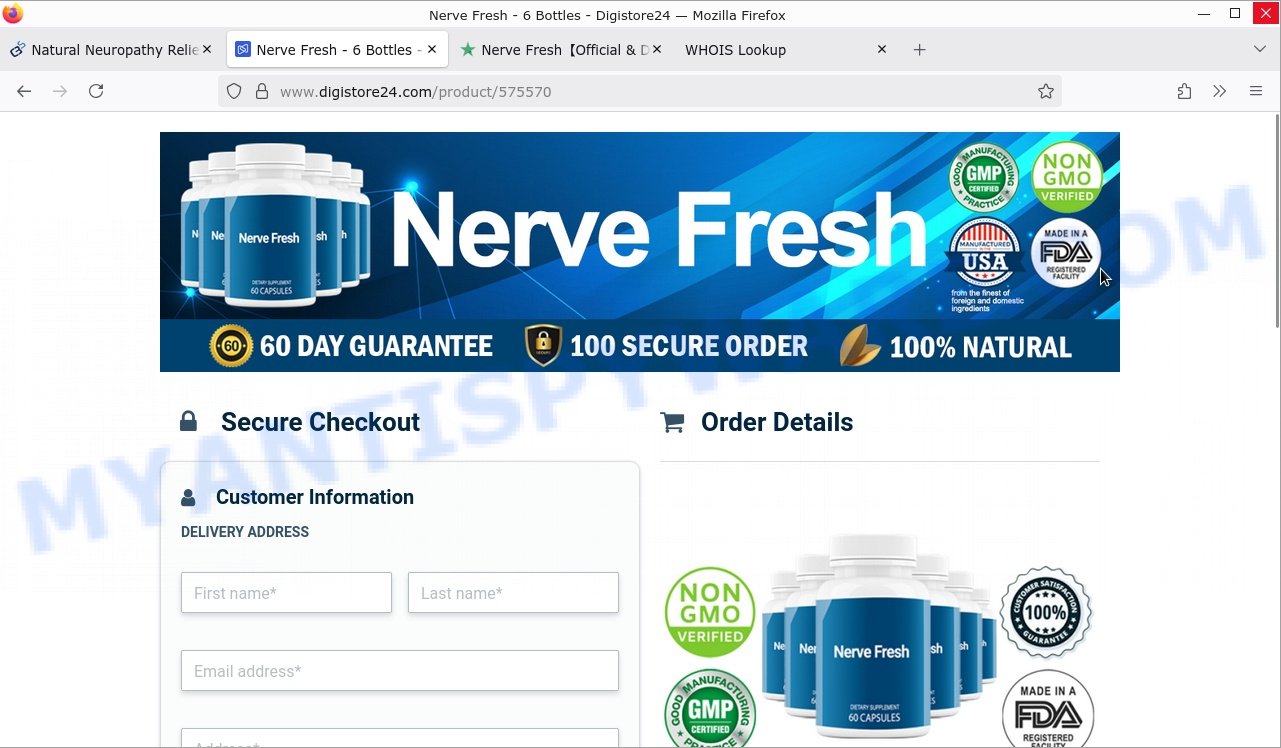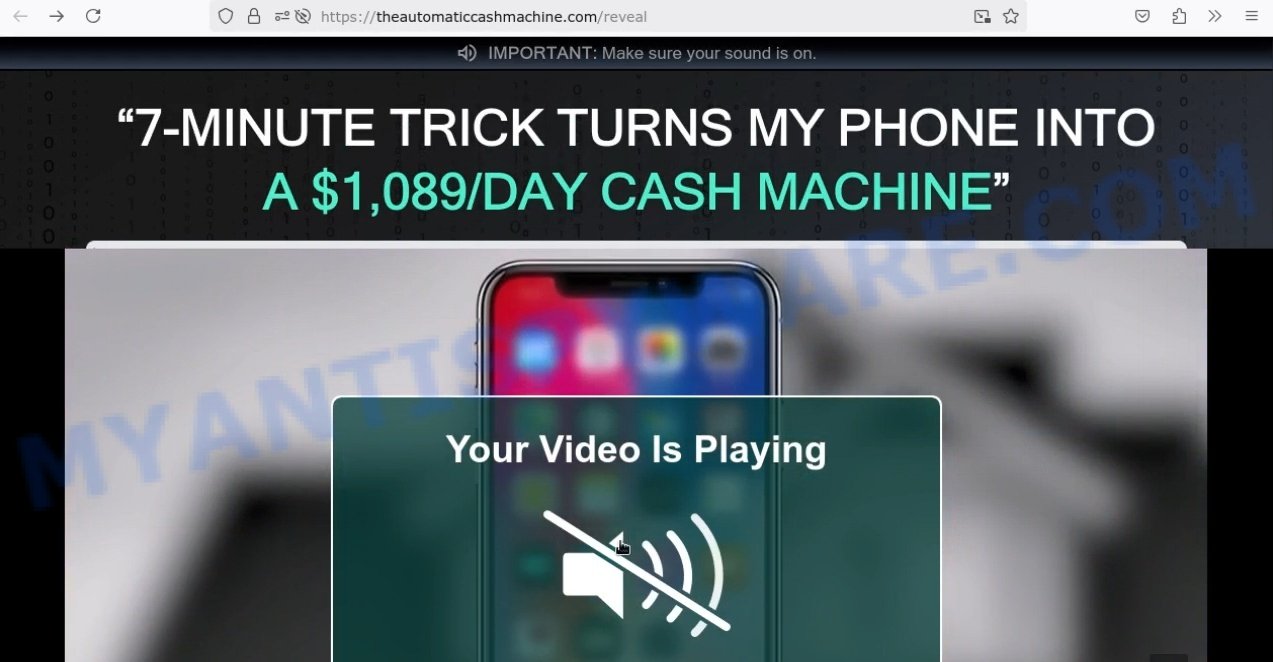Have you ever wondered how quickly your WhatsApp account could be taken over without any warning? The truth is, scammers don’t rely on high-tech hacks—they use emotional manipulation and urgency to trick you.
The “Vote For My Child” scam is a widespread fraud targeting WhatsApp users through fake voting contests. This scam convinces victims to share their verification codes, allowing hackers to seize their accounts and exploit their contacts for financial gain.

Recently, this scam has surged across Europe, spreading rapidly with hundreds of fake websites and thousands of victims trapped in just a few months. Scammers keep changing their tactics, making it harder to spot the danger until it’s too late. This scam mainly targets Central and Eastern Europe but has been spotted in Western Europe, the US, and beyond.
If you get such a “Vote For My Child” WhatsApp message, do not click any links or share verification codes. Always verify with the sender through a separate channel, and never give out your WhatsApp code. Stay vigilant and protect your account from these clever scams.
💡 Heads-up: Similar Scams Are Everywhere. Vote For My Child is not unique. It is one of many fake supplements, gadgets, and other schemes we expose in our Fact Checks section. All of them aim to grab your personal data or money. The people behind these scams run slick websites, spread bogus promo codes, and even pose as trusted brands or experts. Below are a few recent scams that follow the same playbook as Vote For My Child: Qinux BreezaMax, PetsBoro Bunny Pal, Memorion Pro, Pandy AI Plush.
Table of Contents
🕵️♂️ How the “Vote For My Child” WhatsApp Scam Operates
“Vote For My Child” is a cunning phishing scam targeting WhatsApp users. 🚨 It tricks victims into giving away their verification codes by exploiting trust and empathy, leading to account takeovers and financial theft. 🔗 Step-by-Step Breakdown of the Scam:
📩 Step 1: The Emotional Hook
Victims receive WhatsApp messages from someone they know — a friend, family member, or colleague. The message often reads:
“Hi! Please vote for Adeline in this contest, she’s the daughter of a close friend. The main prize is a scholarship abroad. Thank you so much!”
Because it comes from a known contact, users are much more likely to trust the link and click it.
🌐 Step 2: The Fake Contest Websites
The link directs users to professionally designed phishing sites such as poldance.top or thebestdance.top. These fake pages show photos of young girls in dance or gymnastics poses and include:
– Vote buttons
– Fake vote counters and statistics
– Promises of prizes like scholarships or cash rewards
⚠️ Step 3: The Trap — Stealing Verification Codes
To “vote”, users must enter their phone number and provide the six-digit WhatsApp verification code sent to their device. Unwittingly, they hand this code directly to hackers, who then use it to pair their own devices with the victim’s WhatsApp account.
🔄 Step 4: Account Takeover and Fraud
Once attackers control the victim’s WhatsApp account, they:
– Send the same fake voting message to all the victim’s contacts, spreading the scam further
– Request money transfers using urgent, emotional pleas (for example, asking for 1,800 RON or about €360, then additional amounts)
– Often cause account suspensions due to spamming activities
🗺️ Geographic Targets
Most affected countries include:
– Poland – 41%
– Romania – 29%
– Germany – 20%
– Czech Republic, Italy, Austria – smaller percentages
The scam is spreading rapidly across Central and Eastern Europe, with growing presence in Western Europe, the US, and even Kazakhstan.
🛡️ Protect Yourself
– Never share your WhatsApp verification code with anyone — not even friends or family.
– Be skeptical of urgent requests for votes or money sent via WhatsApp links.
– Verify contests or requests through other communication channels before acting.
– Enable two-step verification on your WhatsApp account for extra security.
In summary, the “Vote For My Child” WhatsApp scam capitalizes on emotional manipulation to hijack accounts and steal money. Attackers use fake websites and trusted contacts to lure victims into handing over verification codes, enabling account takeovers that fuel wider fraud campaigns. Stay vigilant and protect your account by never sharing your code and verifying any unusual requests.
🤔 Why This WhatsApp Scam Works
Playing on Emotions and Trust
The “Vote For My Child” scam tricks people by using messages from friends or family asking for help in a fake contest. Because the message comes from someone they know, victims feel safe clicking links and sharing info. The scam uses feelings like kindness and wanting to support children to make people act without thinking twice.
Fake Websites Look Real
Scammers create professional-looking websites with pictures, voting buttons, and fake prizes. These sites seem trustworthy and encourage users to join and vote. The details and design make it hard to tell it’s a fake contest.
Stealing Verification Codes
The key trick is asking users to enter the WhatsApp verification code they get on their phone. Once someone shares this code, scammers can take over their account. This lets them send scam messages to all contacts, spreading the fraud quickly.
Fast Spread and Big Impact
Attackers use many fake websites and links—hundreds in the last two months alone—targeting people mostly in Poland, Romania, and Germany. With so many fake domains, it’s easy for users to fall for the scam, and for scammers to keep going even if some sites are shut down.
Why It’s Hard to Stop
The scam relies on people’s emotions and trust in contacts, making it tricky to prevent. Plus, the scammers keep changing domains and messages to avoid being blocked. Without careful attention, many users risk losing their WhatsApp accounts and their money.
😱 What to Do If Scammed
If you find yourself ensnared by the Vote For My Child Scam, immediate action is crucial. Here’s what you should consider doing:
🛑 Stop Further Transactions
The first step is to halt any additional transactions that might be in process. Contact your bank or credit card provider and inform them that you’ve fallen victim to a scam. They can help by blocking the card or reversing any unauthorized transactions.
📞 Report the Fraud
File a report with your local police and provide all the available evidence, such as screenshots, emails, and website URLs. Additionally, report the scam to online portals like the Better Business Bureau (BBB) at www.bbb.org or the Federal Trade Commission (FTC) at reportfraud.ftc.gov. If you’re in another country, reach out to your national consumer protection agency.
💻 Take Screenshots
Before the scam website gets taken down or changes, make sure to capture screenshots of your transactions and communications. These can serve as evidence if you decide to pursue legal action.
⚖️ Consult Legal Advice
Speak to a legal advisor about your situation. While pursuing legal action may be time-consuming and costly, it could be a possible avenue for recovering your lost money.
📢 Share Your Experience
Use social media platforms to share your experience and warn others about the scam. Your story could prevent someone else from falling victim to the same or similar scams.
Summary Table
| Name | Vote For My Child WhatsApp Scam |
| Type | Phishing / Social Engineering / Account Takeover |
| Target Platform | |
| Geographic Targets | Central and Eastern Europe mainly (Poland 41%, Romania 29%, Germany 20%, Czech Republic 2%, Italy 1%, Austria 1%) with extensions to Western Europe (Spain, UK), United States, Kazakhstan |
| Scam Mechanism | Victims receive a message from known contacts asking to vote for a child in a fictional contest. Victims click on links to fake contest sites and enter phone number plus WhatsApp verification code, enabling scammers to hijack accounts. |
| Fraudulent Actions | Account takeover, spreading the scam to victim’s contacts, extorting money (e.g., 1,800 RON and 2,000 RON demands), causing account suspensions due to spamming |
| Scam URLs Examples | Germany: thebestdance[.]world/home/voteGR3, dancechart[.]life/home/voteDE3; Romania: dansului-battle[.]live/home/vote, dancebattle[.]life/home/vote, dattaliadansul[.]top/home/vote, concursiarna[.]com/home/vote3; Poland: best-dance[.]live/home/vote8, best-dance[.]live/home/vote4, gimnast[.]life/home/vote3 |
| Emotional Hook | Appeals to empathy by asking voters to support a child in a contest for scholarships or prizes |
| Attack Scale | 177 fraudulent domains and 554 unique URLs used in past two months, targeting thousands |
| Tips for Readers | Never share WhatsApp verification codes with anyone; verify requests for donations or votes even from friends; be cautious of unsolicited links; report suspicious messages; use two-step verification on WhatsApp |
Conclusion
The “Vote For My Child” WhatsApp scam is a dangerous and evolving fraud scheme that preys on trust, empathy, and social connections to hijack WhatsApp accounts and steal money. Cybercriminals exploit the goodwill of users by sending fake voting requests for children allegedly participating in contests, tricking victims into sharing their WhatsApp verification codes through convincing phishing websites.
Rather than using complex hacking tools, these scammers rely on psychological manipulation, urgency, and the appearance of legitimacy to gain access to user accounts. By controlling these accounts, attackers spread the scam further to contacts, amplifying their reach and causing widespread financial harm. The campaign has rapidly expanded across Central and Eastern Europe, with an increasing presence in Western Europe, the US, and beyond.
Bottom Line: Be extremely cautious when receiving unsolicited requests to vote or participate in contests via WhatsApp, even if they come from familiar contacts. Never share your WhatsApp verification code with anyone, as this is a primary method these scammers use to take over accounts. Always verify suspicious links and messages independently before engaging. If you or someone you know falls victim to this scam, immediately enable two-factor authentication on your account and alert your contacts to the fraudulent activity. Staying informed and vigilant is the best defense against such social engineering scams.


















